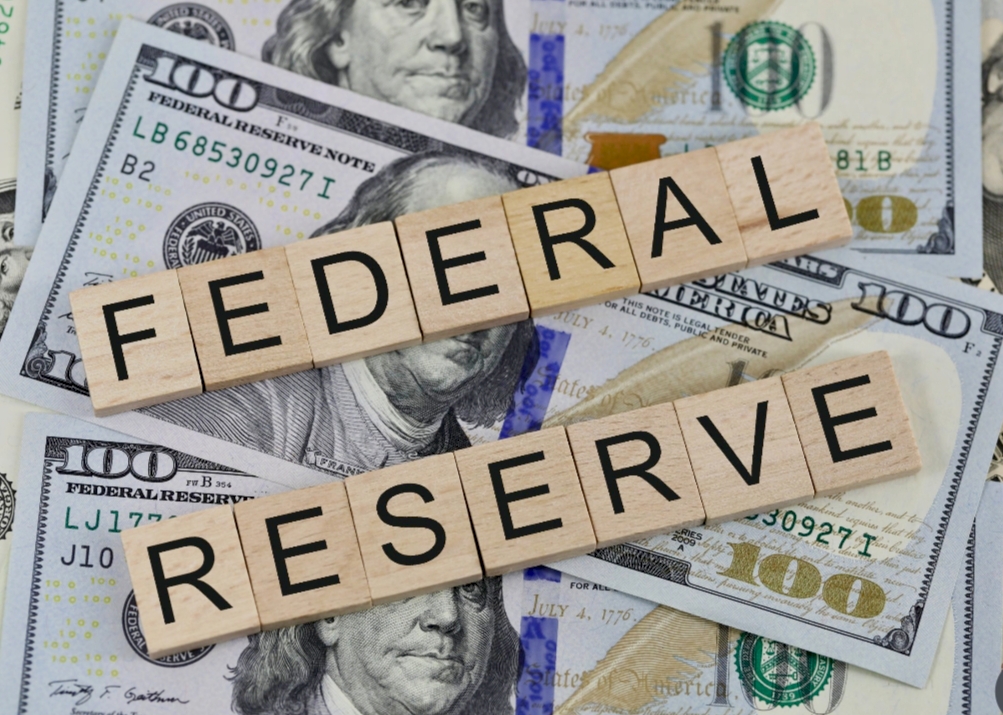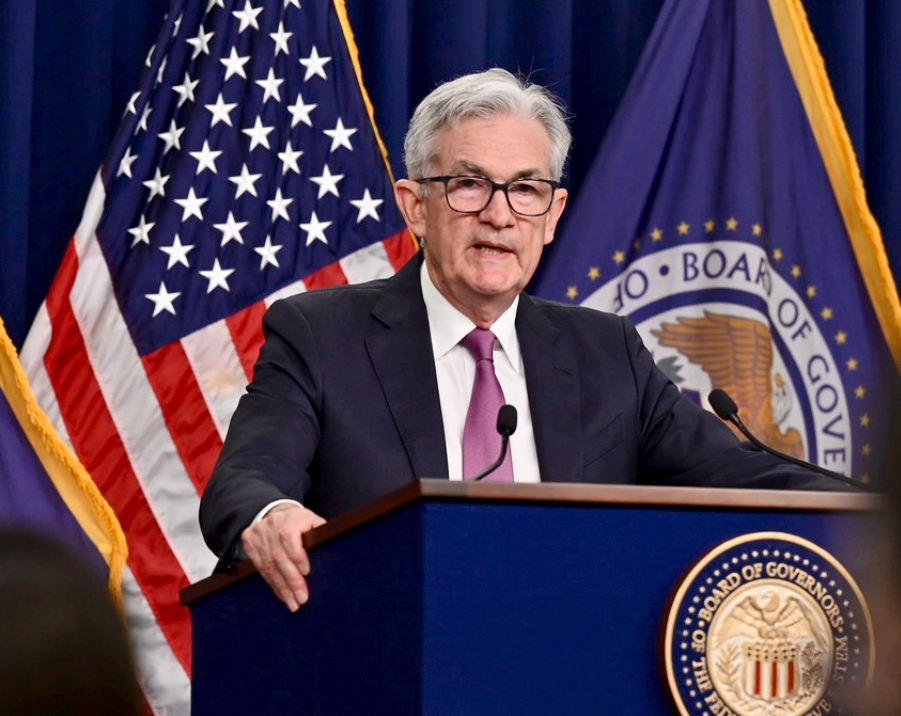The Federal Reserve has announced a 25 basis point rate cut, reducing the benchmark interest rate to a range of 3.75%–4.00%, even as it grapples with limited access to crucial government data caused by the ongoing federal shutdown. This policy move, led by Fed Chair Jerome Powell, aims to cushion the U.S. economy against the effects of tariff revisions and declining labor market momentum.
Sources say:-
A Divided Decision Reflects Rising Economic Uncertainty
On Wednesday, October 29, 2025, the Federal Open Market Committee (FOMC) voted 10–2 in favor of lowering interest rates by a quarter of a percentage point. The decision highlights divisions among policymakers and underscores heightened uncertainty in the economic outlook.
In its official statement, the FOMC said that “uncertainty about the economic outlook remains elevated,” pointing to the limitations of assessing current conditions without up-to-date federal data. Despite the rate cut, the Fed maintained a cautious stance, signaling that future rate reductions would depend on how economic conditions evolve in the coming months.
Policy Dissent Within the Federal Reserve
Two committee members opposed the latest rate cut — a rare occurrence that underscores the complexity of the current economic landscape.
Governor Stephen Miran advocated for a deeper reduction in borrowing costs to better support economic growth.
Kansas City Fed President Jeffrey Schmid, however, voted against any rate cut, citing persistent inflationary pressures.Such a split within the Federal Reserve—with policymakers favoring both looser and tighter monetary policies—has occurred only three times since 1990.
Balance Sheet and Liquidity Management
Alongside the rate cut, the Federal Reserve announced adjustments to its balance sheet policy. Starting December 1, the central bank will reinvest proceeds from maturing mortgage-backed securities (MBS) into Treasury bills. This move is intended to maintain the total size of the Fed’s asset portfolio and address liquidity constraints in U.S. money markets—an issue the central bank had previously pledged to prevent.
Market Reaction and Investor Sentiment
Following the announcement, U.S. stock indices saw modest gains, while Treasury yields—which move inversely to prices—edged higher. Investors largely anticipated the Federal Reserve’s decision and interpreted it as a sign that the central bank is willing to act preemptively to stabilize the economy.
Market participants now expect another 25-basis-point rate cut at the Fed’s final policy meeting of the year in December, potentially followed by another reduction in March 2026.
Expert Commentary on the Federal Reserve’s Move
According to Alexandra Wilson-Elizondo, Global Co-Chief Investment Officer for Multi-Asset Solutions at Goldman Sachs Asset Management, the Fed’s cautious approach reflects current inflation and labor market trends.

A cautious easing bias is supported, she said, by a single weaker inflation statement, anchored expectations, and anecdotal decreasing labor demand. “An additional 25 basis point cut at the December meeting appears likely if these circumstances continue.
This sentiment aligns with the market’s broader expectation that the Federal Reserve will continue easing monetary policy gradually to support employment while managing inflationary risks.
Limited Data and Its Impact on Fed Decision-Making
Due to the ongoing government shutdown, the Federal Reserve made its latest policy decision without access to the most recent official economic data. Policymakers based their assessment on indicators available up to August, the month of the last published unemployment report.
Despite these limitations, the Fed noted that the economy continues to grow at a “moderate pace”. However, officials also acknowledged that risks to the labor market have increased, while inflation remains a persistent concern.
Inflation Trends and Policy Challenges
According to the most recent Personal Consumption Expenditures (PCE) Price Index released before the shutdown, inflation rose from 2.3% in April to 2.7% in August. Although the pace of inflation has moderated slightly, partly due to new import tariffs imposed by the Trump administration, it still remains above the Fed’s long-term 2% target.
In projections published earlier in September, Federal Reserve policymakers forecast inflation to reach around 3% by year-end, suggesting continued price pressures that complicate the central bank’s balancing act between supporting growth and curbing inflation.
Employment Concerns Take Center Stage
While inflation remains above target, the Federal Reserve has expressed increasing concern about the labor market’s health. “Downside risks to employment increased in recent months,” according to the most recent policy statement.

The Fed’s rate cut is therefore seen as a precautionary measure to prevent further weakening in job creation and labor participation—especially as sectors sensitive to interest rates, such as housing and manufacturing, begin to show signs of cooling.
Looking Ahead: What Comes Next for the Federal Reserve?
The next few months will be critical for the Federal Reserve as it navigates competing pressures:
Slowing job growth and weakening consumer confidence
Rising inflation and lingering tariff effects
Limited economic data due to the government shutdown
With another policy meeting scheduled for December 2025, market watchers will be closely monitoring whether the central bank delivers another quarter-point rate cut to sustain growth momentum.
While uncertainty remains high, many analysts believe the Federal Reserve’s gradual easing strategy could help prevent a sharper downturn while maintaining flexibility to tighten policy again if inflation surges unexpectedly.

